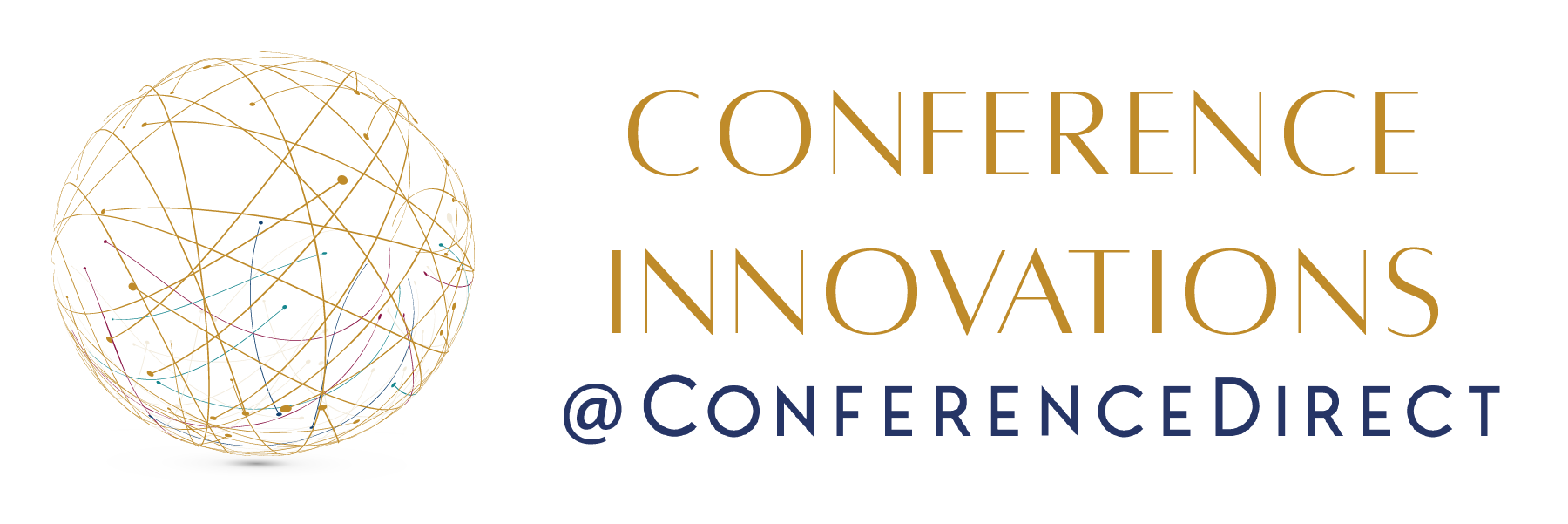Personal connections remain at the heart of successful business relationships. For sales and business development leaders, fostering these bonds isn’t just a priority—it’s essential for long-term success. But what’s the best way to nurture these relationships meaningfully and impactfully?
Enter the client retreat.
Client retreats combine professional discussions with personal connections in a highly engaging environment. They provide an opportunity to step away from the office, strengthen bonds through shared experiences, and lay the groundwork for deeper partnerships. From executive networking to aligning on strategic goals, a well-planned retreat can be the key to unlocking stronger, lasting business relationships.
This blog will explore the benefits of client retreats, how to choose the correct format, tips for balancing business with bonding activities, and real-life success stories. We’ll also provide a step-by-step guide to help you plan a retreat that will leave an impression on your clients and partners.
Why Client Retreats Are Essential for Building Business Relationships
Building trust takes time, but face-to-face interactions accelerate that process. Research shows in-person meetings are 34 times more effective for building trust and rapport than email communication.
Client retreats create a unique, distraction-free space for stakeholders, decision-makers, and team leaders to connect on a deeper level. Here’s why they are particularly valuable for different corporate roles:
- VPs of Sales can use retreats to reward top-performing clients while reinforcing loyalty and engagement.
- Business Development Leaders can strengthen partnerships and open doors for collaborative projects.
- Corporate Event Planners can position their organization as a company that values relationships and client success.
The benefits don’t stop there. A retreat can directly contribute to long-term business growth by improving retention rates, increasing satisfaction, and facilitating opportunities for collaboration.
Choosing the Right Retreat Format
The success of a client retreat is rooted in its format. Selecting the right approach ensures the experience aligns with your goals and resonates with your audience. Here are three popular formats to consider:
1. Luxury Getaway
This format focuses on creating exclusive, high-end experiences that exude class and sophistication. Perfect for executive networking, these events emphasize relaxation and appreciation. Think spa weekends, yacht cruises, or stays at a luxury resort.
Ideal for top-tier clients and C-suite executives.
2. Adventure Trip
Appealing to thrill-seekers, adventure trips revolve around shared challenges and unique experiences. Activities like hiking, ziplining, or water sports foster camaraderie and create unforgettable memories.
Ideal for building strong relationships in a fun, interactive way.
3. Strategic Retreat
Strategic retreats are a blend of purposeful business discussions and bonding activities. They are focused on aligning goals, brainstorming innovative solutions, and strengthening partnerships. Think of them as part board meetings, part team-building retreats.
Ideal for professional goal alignment and cross-department collaboration.
Pro Tip: To pick the correct format, consider both your clients’ preferences and the primary goals of your retreat. Luxury might be the way to go if you aim to reward and relax. To foster teamwork, opt for adventure or strategy-focused retreats.
Balancing Business and Bonding Activities
A successful retreat finds the perfect mix of business and bonding. This balance ensures your clients see tangible value in the experience while building personal connections.
Here’s an example itinerary for achieving the right blend:
- Morning
Start with focused sessions like product updates, keynotes, or strategy discussions. These are ideal times to align on goals and share valuable insights.
- Afternoon
Dedicate this time to engaging, personalized activities. Options include wine tastings, golf outings, cooking classes, or outdoor adventures like kayaking or nature walks.
- Evening
Wrap up the day with informal networking events—think cocktail receptions, dinner gatherings, or live entertainment. This is where personal connections truly flourish.
Pro Tip: Keep activities inclusive and plan for various interests and comfort levels. Giving guests options ensures everyone feels engaged and valued.
Case Studies: Success Stories from Impactful Client Retreats
1. A Luxury Spa Weekend Boosts Client Retention
A VP of Sales organized an exclusive spa retreat at a 5-star resort, allowing clients to relax and recharge. The outcome? A 20% increase in client retention rates and glowing feedback about the company’s personalized approach.
2. Adventure Retreat Sparks New Collaborations
A business development manager hosted a high-energy retreat featuring ziplining and team challenges. The shared experience strengthened partnerships, resulting in three new collaborative projects within the next quarter.
3. Strategic Retreat Aligns Cross-Functional Teams
An HR director planned a strategic retreat for executives, featuring brainstorming sessions and group bonding activities like guided hikes in the afternoon. The retreat led to improved alignment across leadership teams and a 15% boost in internal satisfaction scores.
These examples demonstrate that a well-planned retreat can yield measurable, impactful results for clients and organizations.
Planning Your Client Retreat
Planning a successful retreat doesn’t have to be overwhelming. Follow these simple steps to create a truly memorable experience for your clients.
Step 1: Define the Purpose
What’s the primary goal of your retreat? Is it relationship building, strategic alignment, or client appreciation? Having a clear purpose will guide every decision you make.
Step 2: Choose the Right Format
Pick a format (luxury, adventure, or strategic) that aligns with your objectives and resonates with your clients.
Step 3: Select a Location
The right venue sets the tone for your retreat. Whether it’s a beachfront resort, a secluded mountain lodge, or an urban boutique hotel, choose a location that enhances the experience.
Step 4: Curate a Balanced Agenda
Plan your schedule to include both professional and bonding activities, ensuring there’s time to connect and relax.
Step 5: Manage Logistics Seamlessly
Carefully handle details like travel, accommodations, and dietary needs. Consider using event-planning platforms to streamline the process.
Step 6: Gather Feedback
After the retreat, ask participants for feedback to measure its success and identify areas for improvement in future events.
Take the Next Step in Strengthening Client Relationships
Client retreats offer a unique and powerful opportunity to build lasting business partnerships. By combining purposeful discussions with meaningful experiences, you’ll strengthen relationships and drive long-term success.
Are you ready to create an unforgettable experience for your clients? Contact our team today to start planning a retreat that they will talk about for years to come.













